Back to Ten Famous Black Canadians.
Josiah Henson
Although I’ve personally never heard anyone use the term in real-life conversation, every once in a while, I’ll hear the name “Uncle Tom” while watching American news. This name is employed as a derogatory epithet, usually by left-leaning political pundits, against African-Americans whom they perceive to be traitors to their race.
The ‘Uncle Tom’ slur derives from the titular character of distorted theatrical and cinematic renditions of Uncle Tom’s Cabin, a famous 19th Century American novel intended to illustrate the evils of slavery. Uncle Tom, the novel’s eponymous main character, is almost certainly based on Josiah Henson, a celebrated Canadian hero who, ironically, was one of the greatest champions of the 19th Century black Canadian community.
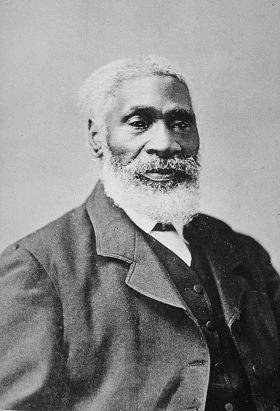
Slavery
Josiah Henson was born into a life of slavery on a tobacco plantation near the town of Port Tobacco Village, in southern Maryland. His earliest memory is of an incident which followed his father’s decision to beat a white man for assaulting his wife. As punishment, Josiah’s father was shackled to a whipping post and given one hundred lashes. When the scourging was over, his owner nailed Josiah’s father’s right ear to the post and severed it with a knife.
Despite the cruelty and fear which were part and parcel of life as a plantation slave, Josiah Henson’s early years were not devoid of happiness. His mother raised him to be a devout Christian, teaching him about God and Christ and frequently reciting the Lord’s Prayer. His faith was of immense importance to him, and would direct his actions throughout his life.
When his master died, Josiah’s brothers and sisters were sold to various slave owners. As Josiah was the youngest of six siblings, his mother begged her new owner, Isaac Riley, to allow him to stay with her. When little Josiah fell ill in his mother’s absence, Riley purchased him from the owner to which he had been sold on the condition that he labour in the fields.
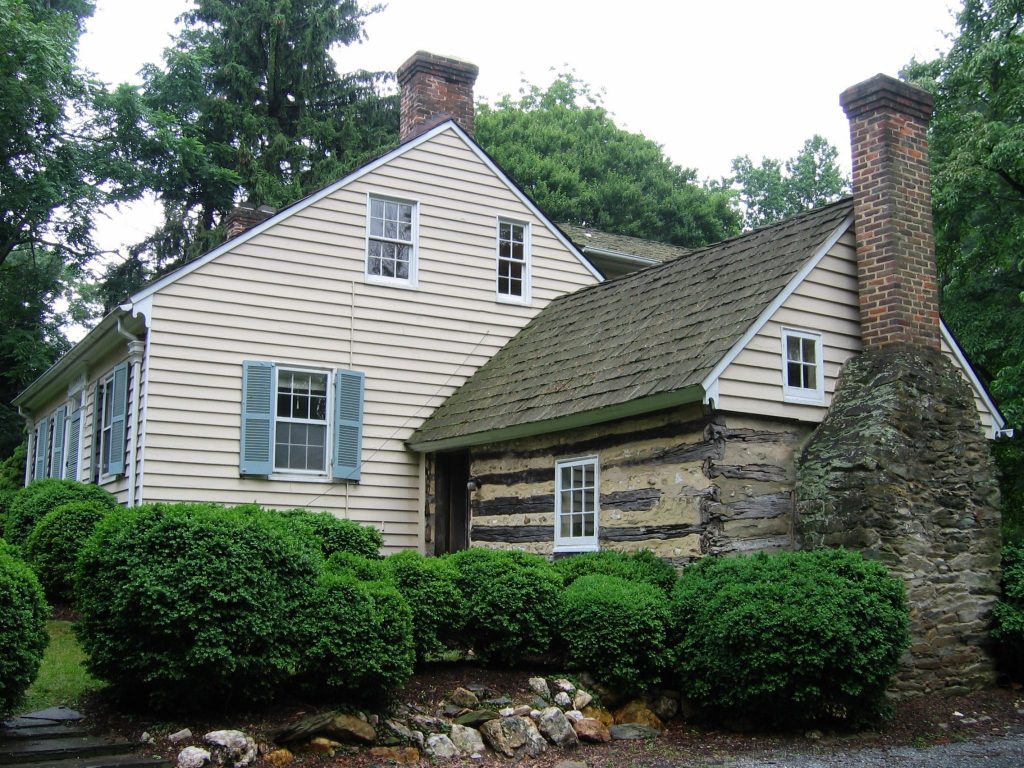
Josiah and his mother were relocated fifty miles north to Riley’s farm, situated north of Washington, D.C. Josiah grew into an athletic and intelligent young man. He also proved to be an industrious and resourceful worker, and Isaac Riley took note of his strong character. Over the years, he climbed the ranks of the slave hierarchy, eventually becoming the farm’s overseer. When he was 22 years old, he married a woman from a neighbouring family. The couple would eventually have twelve children together.
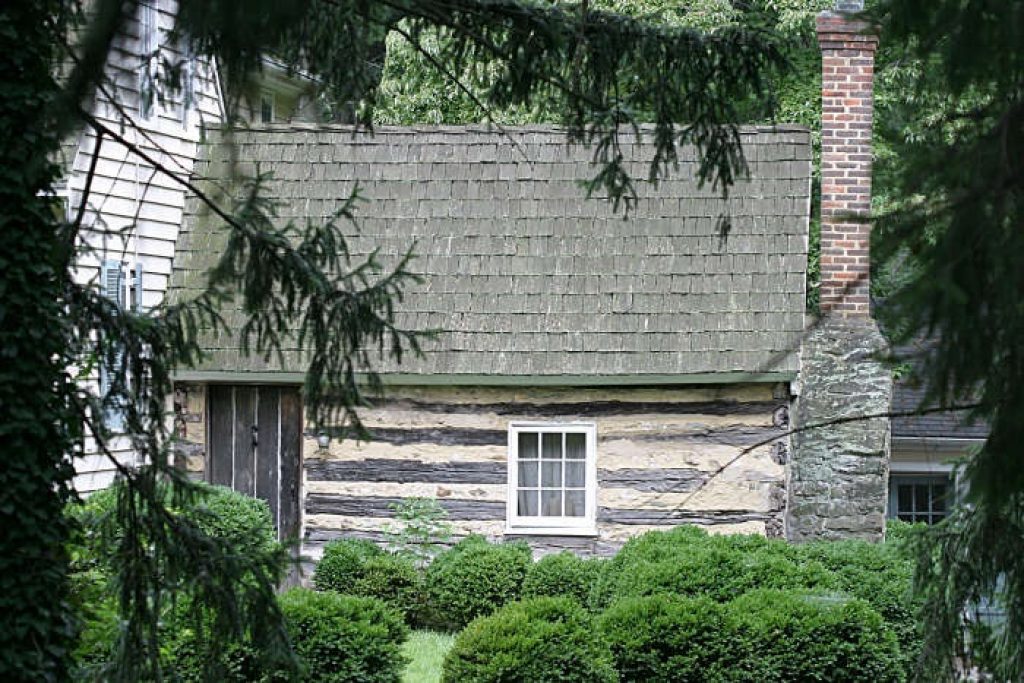
In 1825, Isaac Riley was sued by his brother-in-law and was forced to lend out some of his slaves. With tears in his eyes, he begged Josiah Henson, the only of his slaves that he could trust, to march eighteen of his fellow inmates across what is now West Virginia to his brother’s plantation in Kentucky. Henson did as his master requested, ignoring the tempting opportunity to slip into Ohio, a free state, out a sense of duty. When they finally reached Kentucky, Henson and his charges became the temporary property of Isaac’s brother, Amos.
In later life, Henson expressed some regret for denying his brother slaves the opportunity to escape, writing:
“I have often had painful doubts as to the propriety of my carrying so many other individuals into slavery again, and my consoling reflecting has been, that I acted as I thought at the time was best.”
Escape to Freedom
While working for Amos Riley, Henson met a Methodist Episcopal preacher who began to teach him his profession. In 1825, the preacher suggested a clever method by which Henson might earn his freedom in a manner satisfying his sense of honour. Seeing that Henson was an intelligent man and a gifted orator, he suggested that he ask Amos Riley for permission to visit his old master. On the road to Maryland, he could deliver sermons, for which grateful audiences would give him donations. He could then use these donations to buy his freedom from Isaac Riley.
Josiah Henson took the preacher’s advice and, with Amos’ permission, made his way back to Maryland, preaching as he went. His sermons earned him $350. When he returned to Isaac’s farm, he offered his master all his savings, as well as an additional $100 which he would pay with his labour, in exchange for his freedom. Riley took Henson’s money and agreed to his proposal, but not before duplicitously adding an addition ‘0’ to the contract, requiring Henson to give him $1000-worth of his labour rather than the $100 originally agreed upon. Dejected, Henson returned to Amos Riley’s Kentucky farm.
In 1830, Josiah Henson accompanied Amos Riley on a trip, at the end of which Henson suspected Riley might sell him to another owner, thus separating him from his wife and children. One night, while Riley was asleep, Henson grabbed an axe and prepared to murder his master so that he might escape this fate and flee to Canada with his family. As he raised the axe, he remembered his Christian values and decided to let Riley live. Riley subsequently became gravely ill, and only managed to survive due to Henson’s ministrations. The sale of Henson to another slave owner, if indeed that was the purpose of Riley’s business venture, never took place.
Upon returning to Amos Riley’s farm, Henson- along with his wife, Nancy, and their four children- escaped and made for Upper Canada, where slavery was all but outlawed, via the Underground Railroad. Henson carried his two youngest children on his back in a crude knapsack made from a single sheet of cloth.
A humorous incident occurred on their trip to Canada, which Henson related in a later reminiscence:
“We had not gone far, and I suppose it was about three o’clock in the afternoon, when we discerned some persons approaching us at no great distance. We were instantly on the alert, as we could hardly expect them to be friends. The advance of a few paces showed me they were Indians, with packs on their shoulders; and they were so near that if they were hostile it would be useless to try to escape. So I walked along boldly, till we came close upon them. They were bent down with their burdens, and had not raised their eyes till now; and when they did so, and saw me coming towards them, they looked at me in a frightened sort of way for a moment, and then, setting up a peculiar howl, turned round, and ran as fast as they could. There were three or four of them, and what they were afraid of I could not imagine, unless they supposed I was the devil, whom they had perhaps heard of as black. But even then, one would have thought my wife and children might have reassured them. However, there was no doubt they were well frightened, and we heard their wild and prolonged howl, as they ran, for a mile or more…
“As we advanced, we could discover Indians peeping at us from behind the trees, and dodging out of sight if they thought we were looking at them. Presently we came upon their wigwams, and saw a fine-looking, stately Indian, with his arms folded, waiting for us to approach. He was, apparently, the chief; and, saluting us civilly, he soon discovered we were human beings, and spoke to his young men, who were scattered about, and made them come in and give up their foolish fears.
“And now curiosity seemed to prevail. Each one wanted to touch the children, who were as shy as partridges with their long life in the woods; and as they shrunk away, and uttered a little cry of alarm, the Indian would jump back too, as if he thought they would bit him.”
When the natives sufficiently acquainted themselves with the strange-looking newcomers, they treated them to a bountiful meal and gave them the use of one of their wigwams for the night.
Life in Canada
When they finally arrived in Canada, Josiah Henson and his family found employment on a succession of farms near Fort Erie (a town situated at the head of the Niagara River), the westerly city of Waterloo (adjacent to Kitchener, Ontario), and the southerly community of Colchester (on the northwestern shores of Lake Erie). When they had saved sufficient money, the Henson family established Dawn, a black community situated between Lakes Huron and Erie. There, Henson founded a vocational school for black labourers, believing that African-American refugees to Canada ought to hone their occupational skills before attempting to integrate into Canadian society.
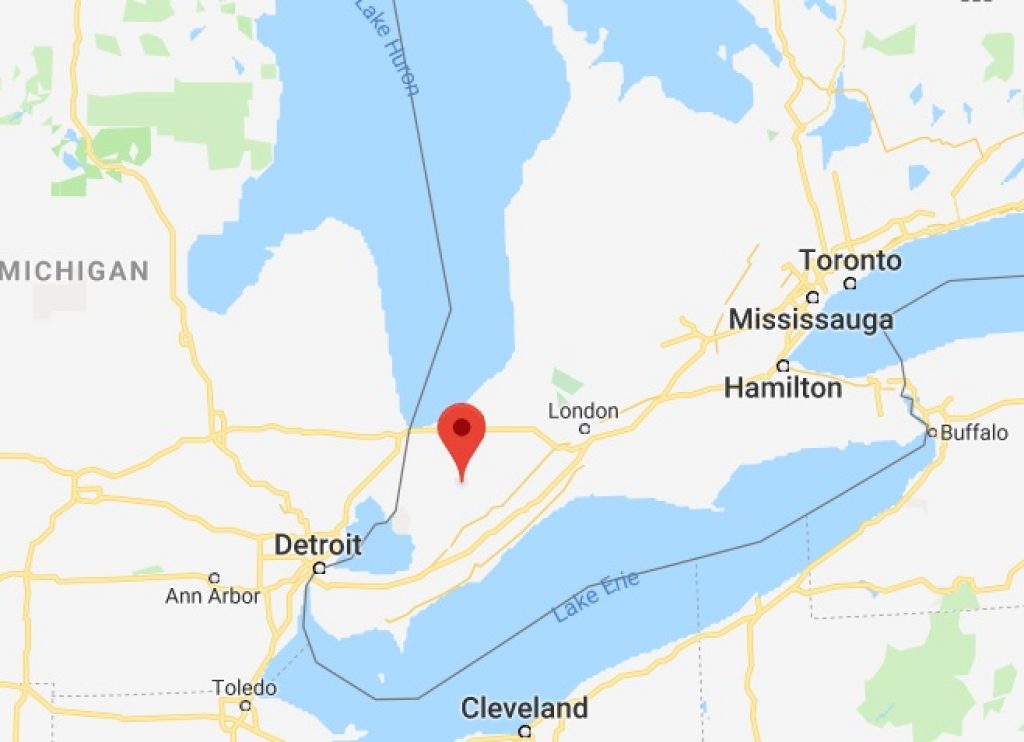
Henson’s institution flourished, and in no time, Dawn boasted a population of 500. Under Henson’s guidance, the townspeople established a sawmill, which they used to mill local black walnut wood for export to Britain and the United States. Henson himself resumed work as a Methodist preacher, a vocation he had begun on Amos Riley’s farm, and began to speak publicly in favour of American abolition.
The Upper Canada Rebellion
In early December, 1837, a thousand American-born Upper Canadians, angry at the colonial British government for denying them political rights, assembled at a Toronto tavern. About 600 of them, under the leadership of Scottish-born politician William Lyon Mackenzie, armed themselves with hunting muskets and pitchforks and marched down Yonge Street, where they engaged in a minor skirmish with a much smaller government force.
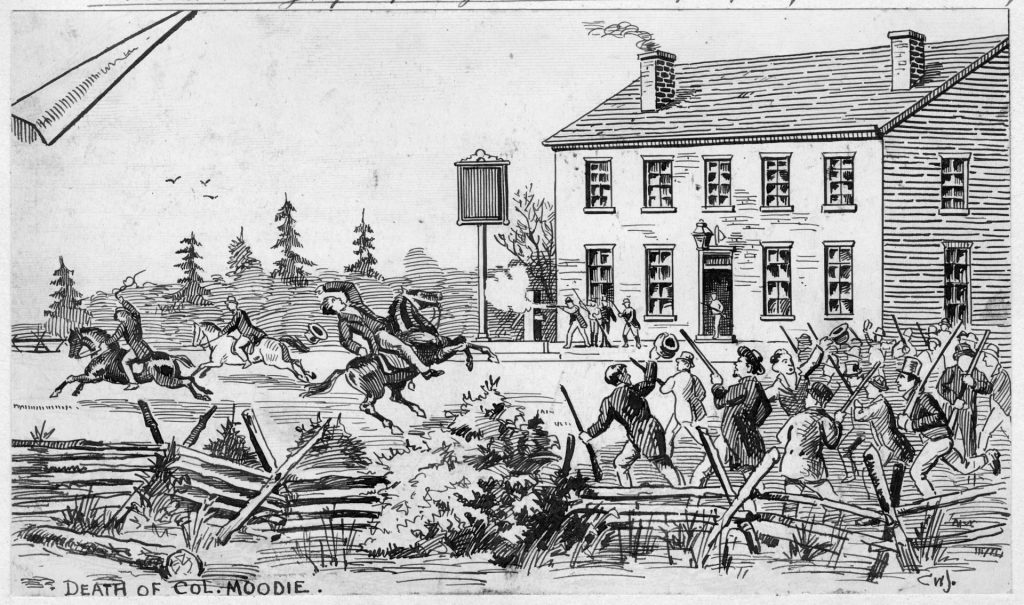
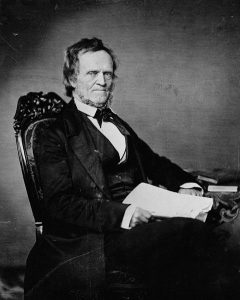
Word of the revolt spread quickly throughout Upper Canada, and soon a thousand local settlers volunteered to help take back the tavern. Among these volunteers were hundreds of black militiamen who, knowing that Mackenzie’s rebellion was backed by American expansionists, would do anything to ensure that Upper Canada kept from falling into the hands of the United States. One of these black militiamen was Josiah Henson, who led a unit comprised of his fellow Dawn settlers.
Mackenzie’s rebels scattered in the face of the thousand-man militia that marched to oppose them and the Upper Canada Rebellion of 1837, as it was called, ended as quickly as it began. Far from abandoning his crusade, however, William Lyon Mackenzie began preparing for another assault on Upper Canada’s colonial government. Aided by the United States, Mackenzie commissioned a crew of rebels with ferrying troops and supplies from Detroit to the proximate district of Sandwich (present-day Windsor, Ontario), on the other side of the Detroit River.
Exactly a month after Mackenzie’s failed uprising, Josiah Henson led fifty black militiamen in capturing the Ann, the ship the rebels had been using to transport their American supplies to Sandwich. This victory was a major blow to Mackenzie’s cause, constituting a substantial nail in the coffin of his rebellion.
Uncle Tom’s Cabin
In 1841, Josiah Henson and his family moved to Dresden, Ontario. The following year, he established the British-American Institute, a school for all ages intended to provide a general education to fugitive slaves.
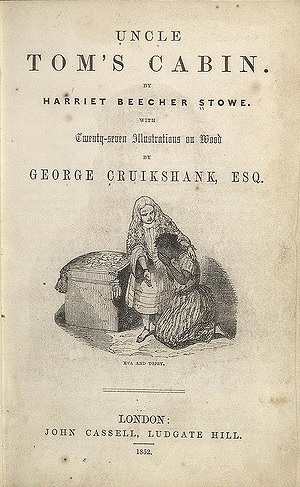 In 1849, Josiah Henson published his memoirs, entitled The Life of Josiah Henson, Formerly a Slave, Now an Inhabitant of Canada, as Narrated by Himself. At that time, Henson himself had not yet learned to read and write. He was able to get his story into print by dictating it to Samuel A. Eliot, a former mayor of Boston, Massachusetts, well known for his opposition to slavery.
In 1849, Josiah Henson published his memoirs, entitled The Life of Josiah Henson, Formerly a Slave, Now an Inhabitant of Canada, as Narrated by Himself. At that time, Henson himself had not yet learned to read and write. He was able to get his story into print by dictating it to Samuel A. Eliot, a former mayor of Boston, Massachusetts, well known for his opposition to slavery.
Henson’s story, in part, inspired U.S. novelist Harriet Beecher Stowe to write Uncle Tom’s Cabin (1852), an American classic which helped turn American popular opinion in favour of abolition. Uncle Tom’s Cabin would become the second best-selling book in American in the 19th Century, eclipsed only by the Bible. Many believed that Stowe’s book was an integral impetus for the abolitionist movement which led to the American Civil War. The novel’s titular character, the selfless, devoutly Christian Uncle Tom, is based on Josiah Henson.
Legacy
The success of Stowe’s book prompted Henson to republish his memoirs under the title Truth Stranger Than Fiction: Father Henson’s Story of His Own Life (1858). Henson wrote a second, more detailed autobiography, entitled Uncle Tom’s Story of His Life: An Autobiography of the Rev. Josiah Henson, in 1876.
On May 5, 1883, 93-year-old Josiah Henson passed away in his home in Dresden, Ontario. A century after his death, the portrait of this celebrated Canadian hero was featured on a Canadian 32 cent stamp, making Josiah Henson the first black Canadian to acquire this distinction. Today, the home of Henson’s former master, Isaac Riley, (known locally as ‘Uncle Tom’s Cabin’) is listed on the National Register of Historic Places. The Uncle Tom’s Cabin Historic Site, located near Dresden, Ontario, is dedicated to his memory.
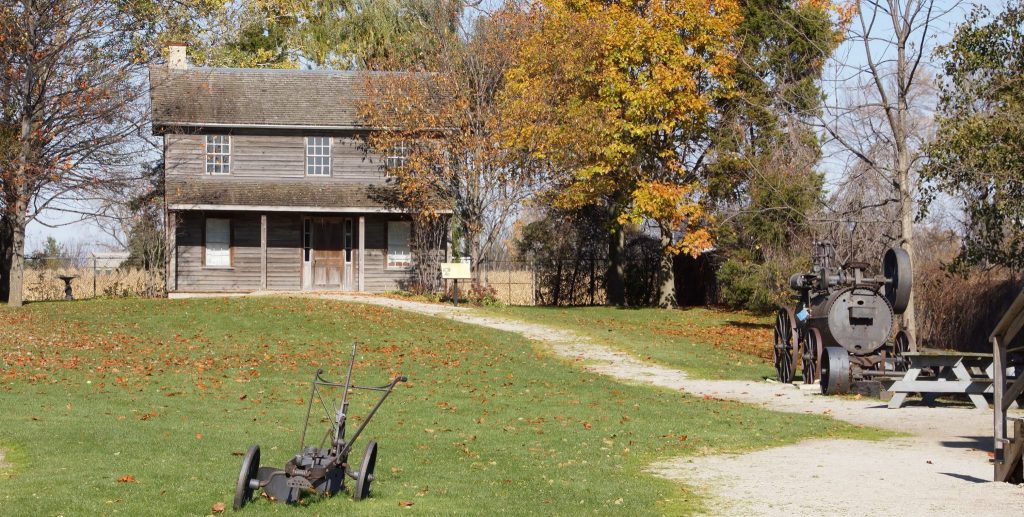







Chris Bourbon
I’m interested…